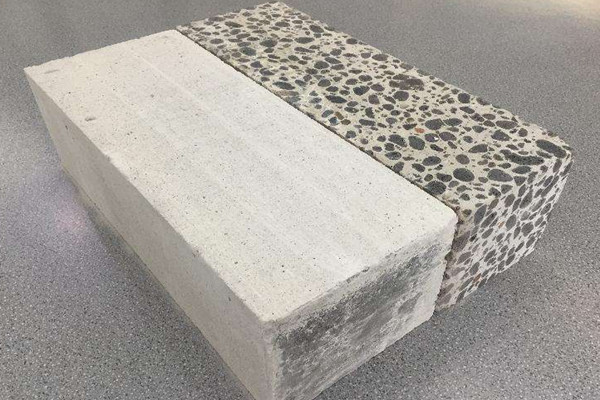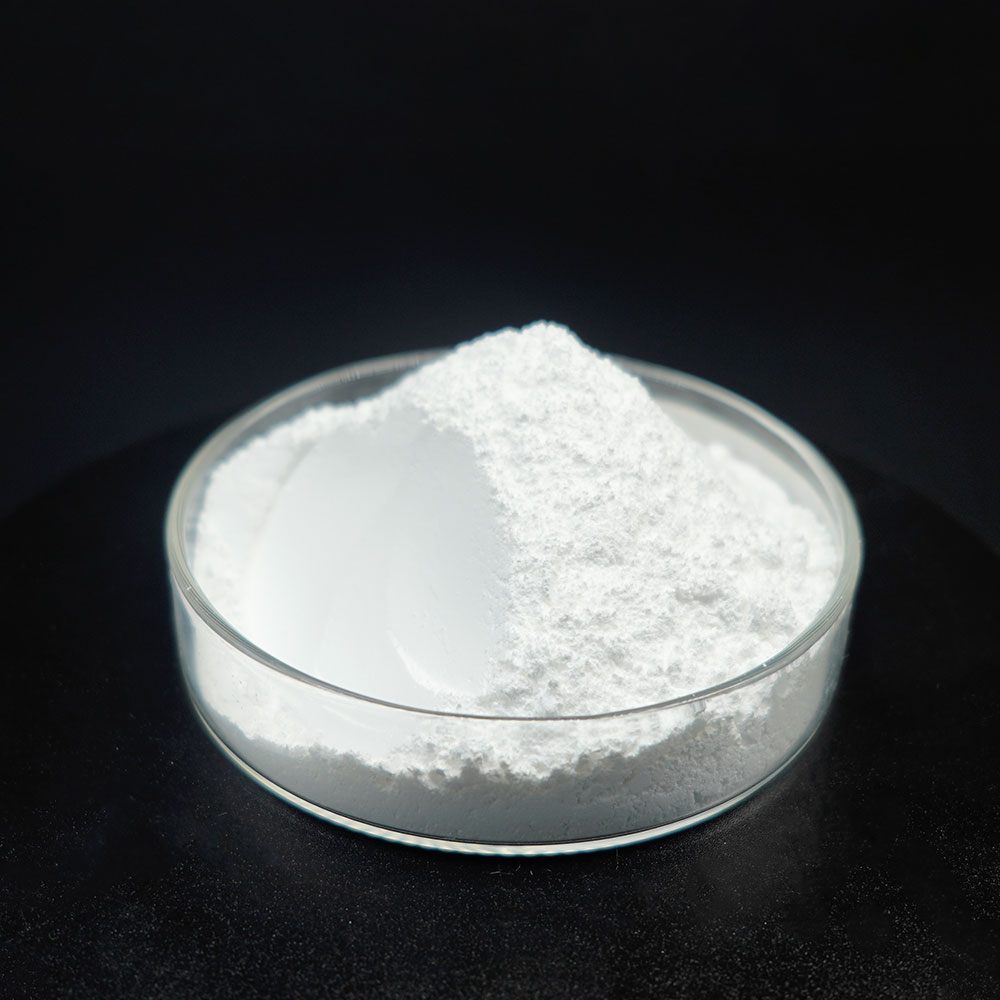Professional solutions on concrete addtives, Concrete Foaming Agent, Superplasticizer, CLC Blocks Additives, and foaming machine
(Untreated fibre and plain CLC samples)
What is Cellular lightweight concrete
The study indicates that the optimum percentage treatment of banana fiber for use in CLC composites and to achieve the best mechanical properties was 6% NaOH treatment. The chemical deconstruction technique of banana fiber depicts that cellulose concentration increases while hemicellulose and lignin content decreases with increased alkali concentration in the treatment. This is caused by the ability of the NaOH to remove the amorphous component of the fiber while the crystalline cellulose remains insoluble. The incorporation of alkali-treated and untreated banana fiber in CLC resulted in a decrease in the workability of fresh composites. The untreated banana fiber composite exhibited lower workability due to the high hydroxyl group (-OH) content compared to the treated BFRFCLC composites. Composites with a higher percentage of alkali treatment absorb less water and hence exhibit higher workability. The introduction of alkali-treated banana fiber into CLC resulted in a peak increase in compressive strength at 6% NaOH concentration treatment of 40.6% and 59.8% for both untreated and plain control composites at 28 days. The increase in strength is because of the breakdown of the hydrogen bond between the hydroxyl groups, which resulted in the defibrillation of bundle fibers to fibrillates, thereby increasing the surface area of the fibers and culminating in improved load transfer between cement matrix and fibers. There is also a peak increase in flexural strength at 6% NaOH concentration treatment of the BFRFCLC composites of 63.8% and 117.4% compared to the untreated fiber composite and the plain control. A similar trend of peak percentage increments at 6% NaOH concentration treatment was recorded for the splitting tensile strength of BFRCLC composites at 28 days of 77.4% and 157.8%, compared to untreated fiber composites and plain CLC, respectively. Results were also recorded for the ultrasonic pulse velocity test. The percentage increases in terms of non-destructive parameters at 28 days for a peak 6% NaOH concentration treatment was by 14.1% and 15.3%, compared to the untreated fiber composites and plain control CLC.
Untreated fibre and plain CLC samples
There was a continuous increase in the flexural strength of BFRCLC composites from 2% NaOH treatment to 10% NaOH, with the highest flexural strength increase experienced at 6% NaOH treatment of the fibers compared to the two controls (untreated fiber and plain CLC samples). The percentage increases in flexural strength for untreated fiber and plain-control samples were respectively 63.8% and 117.4%, which slightly declined at 8% NaOH treatment to 44.6% and 91.8%. They declined from 10% NaOH to 19.2% and 58.2%, all at 28 days of curing age. The reasons for these declines in strength from 6% NaOH treatment to 10% NaOH treatment were due to the over-washing of the fiber surface due to the high concentration of NaOH solution, as explained above. Hence, the 6% NaOH concentration solution treatment of banana fiber produces the best flexural strength properties. This is further bolstered by the mode of bending failure of the prismatic beam, and (c)), where the mode of fracture bending and crack deformation of beam reinforced with 4% and 8% treated NaOH concentration 8(a), and 8(c) is higher compared to the mode of deflection of fiber reinforced composites treated with 6% NaOH treatment 8(b). This implies that at 6% NaOH treatment, banana fiber surfaces were properly cleaned of lignin, pectin, hemicellulose, and oils, thereby releasing microfibrils on the cellulose surface. The defibrillated microfibrils increased the surface area of the banana fibers, which improved the fiber surface adhesion with the cement matrix, thereby drastically reducing the tendency for cracks and excessive deflection under bending.
Compared to the untreated banana fibre control composites and plain CLC
The splitting tensile strength rose with an increase in percentage concentration of NaOH treatment of composite fibers up to 6% NaOH treatment, where the tensile strength increment was the highest. The percentage increase in the tensile strength of BFRCLC composites at 28 days of curing age and 6% NaOH treatment was 77.4% and 157.8% compared to the untreated fibers control composites and plain CLC, respectively. At 28 days of curing age and compared to untreated fiber composites and plain control CLC, the percentage increase in tensile strength for 8%NaOH was by 41.9% and 106.3%, and for 10% NaOH treatment were by -18.3% and 18.8%. These percentage increases in tensile strength were far lower than in the 6% NaOH-treated fiber composites. Hence, in terms of tensile strength, BFRCLC composites with 6% NaOH-treated fibers performed better than all the other banana fibre-treated composites. Further clarification can be provided with the mode of splitting tensile failures of the destructive samples when tested in the laboratory. The crushed plain unreinforced control samples of the BFRCLC composites aged 28 days. The samples under splitting tensile stress were completely deformed by crushing into two equal parts, resembling the deformation shown by the 8% NaOH-treated fiber composites. However, 8% NaOH-treated fiber samples exhibited fewer crack openings compared to the unreinforced plain samples. The 6% NaOH-treated composite samples showed many minor cracks compared to the two samples under splitting tensile stress deformation.
Price of Cellular lightweight concrete
Cellular lightweight concrete particle size and purity will affect the product's Price, and the purchase volume can also affect the cost of Cellular lightweight concrete. A large amount of large amount will be lower. The Price of Cellular lightweight concrete is on our company's official website.
Cellular lightweight concrete supplier
If you are looking for high-quality Cellular lightweight concrete, please feel free to contact us and send an inquiry. (sales@cabr-concrete.com). We accept payment via Credit Card, T/T, West Union, and Paypal. TRUNNANO will ship the goods to customers overseas through FedEx, DHL, by air, or by sea.
(Untreated fibre and plain CLC samples)







